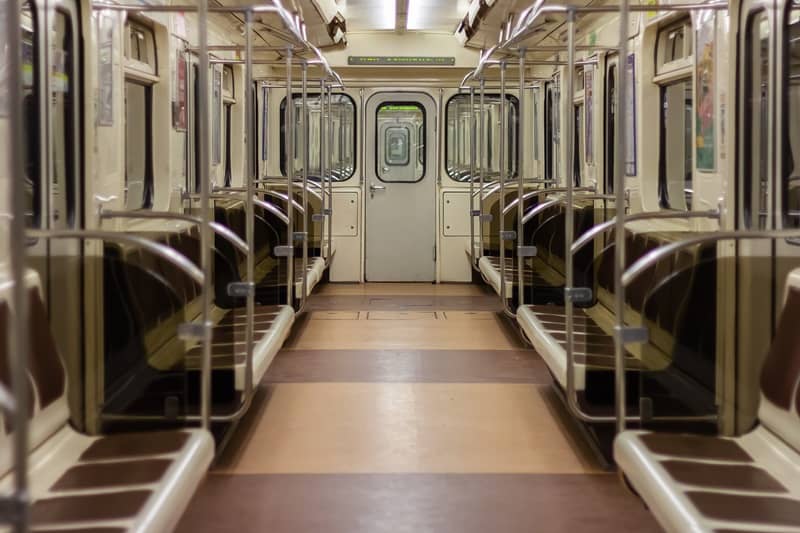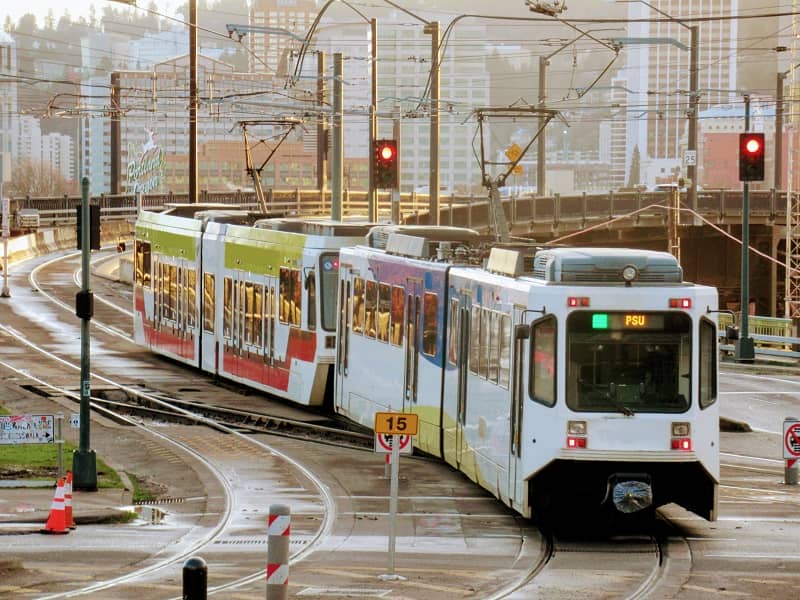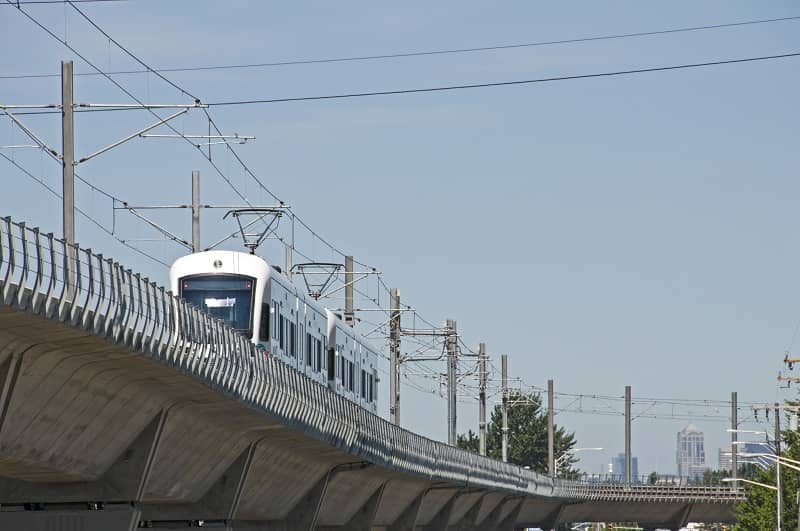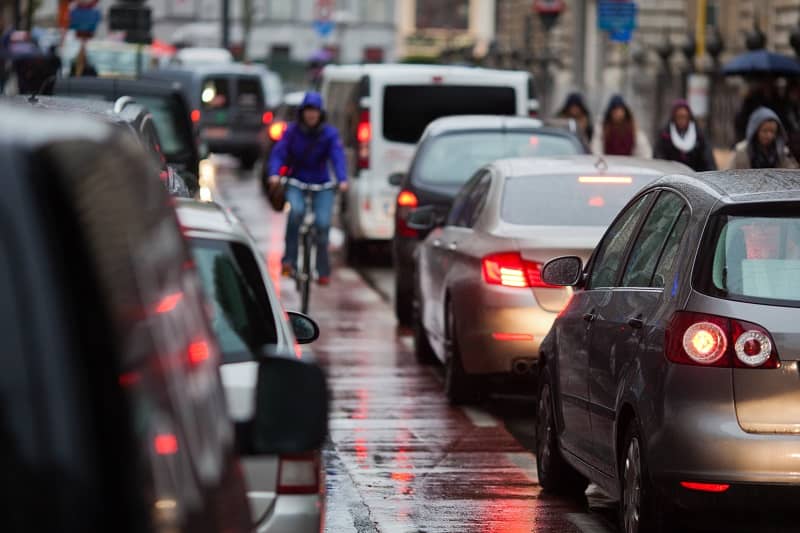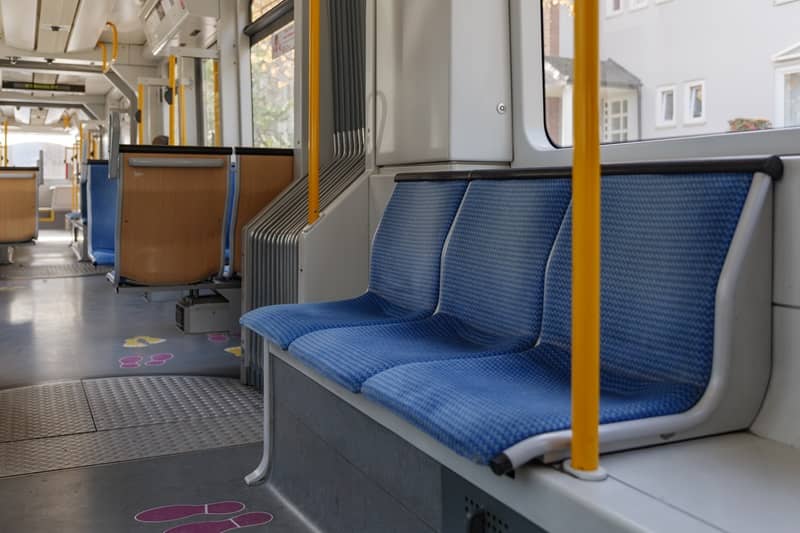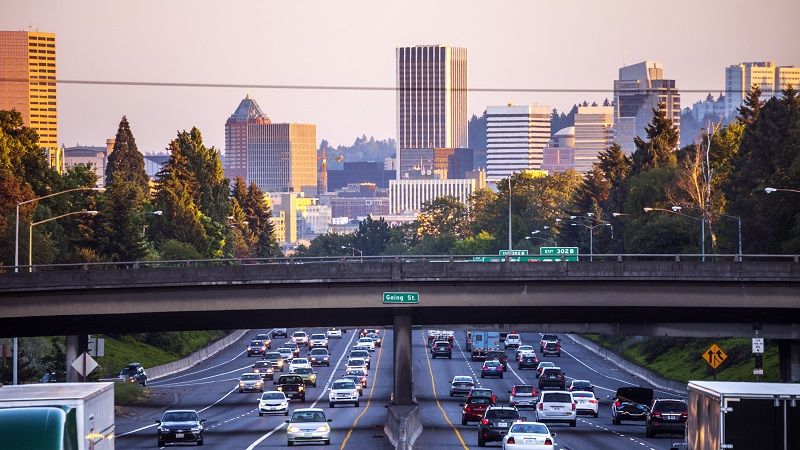To: TPAC
We appreciated the time allocated by TPAC recently to consider our proposal. We would like to respond to the specific points made by Phil Selinger in his August 31, 2007 memo.
Comment: Taking resources from public transit to provide cars for low-income populations would be counterproductive. The proposal would cut options available for many to provide cars for a few.
Response: Cascade’s proposal would not “take” resources away from TriMet; it would free up millions of dollars annually to be re-directed to higher-valued transit services that would benefit many more people than are being served now with low-performing bus routes. This would make both TriMet and its customers better off.
Our pilot project would not “cut options” for many. By definition, the low-performing routes we’re talking about don’t serve “many,” they serve few, which is the problem. Canceling those routes and spending most of the savings on improved service elsewhere would be much more cost-effective. To the extent that a small portion of those savings might capitalize a revolving loan fund for car ownership, it might actually increase TriMet’s customer base by helping low-income individuals who currently live beyond walking distance to a TriMet transit stop gain access to the TriMet system.
Comment: It is expensive to own and operate an automobile.
Response: Auto ownership has both costs and benefits. Mr. Selinger neglects to mention the substantial benefits side of the equation. The research literature clearly shows that auto ownership dramatically increases the employment possibilities for low-income and minority households, leading to higher wages and longer periods of employment. We envision this pilot project as empowering those people who would benefit from car ownership, but who currently need a low-interest or no-interest loan to bridge the gap financially.
Moreover, the experience from the 160 non-profit car-ownership loan programs around the country is that the loan recipients wind up being more financially secure after receiving the loan than they were before. Thus, our suggestion is not based on speculation; it’s based on a demonstrated track record of success elsewhere. The way to find out how well this strategy might work in Portland is to actually conduct a small pilot project and learn from it, as we are suggesting.
Comment: We should promote car-pooling or car sharing as described in RTO documents.
Response: We agree that car-pooling can lower the cost of car ownership, but many transit-dependent riders first need to actually own a car before they can car-pool. Moreover, for those seeking better employment, they need private, on-demand transportation that can provide door-to-door service. That’s what allows them to interview for jobs all over the region. After that phase is reached, they may consider ways to car-pool, and in fact surveys show that minority communities, especially Hispanics, have an above-average propensity to car-pool when it’s feasible.
Comment: There is a great need to increase affordable housing where transit is accessible.
Response: While this is true, it is irrelevant to our specific proposal. We have to deal with low-income transit riders where the live now, not where we might wish them to live. To the extent that low-income people are currently forced to live in affordable housing out on the urban fringe, in neighborhoods that are not particularly transit-accessible, increased car ownership might help them become transit customers by solving the so-called “last mile” problem (getting the individual from their front door to the bus stop or park-and-ride a mile away), which will never be solved through conventional fixed-route service.
Comment: Existing low-income transit riders do not need a car for basic transportation needs. Attention should be directed at populations who cannot use transit at all because of work or residence in rural areas where there are no transit options.
Response: None of us are in a position to know what the actual transport needs are for existing riders. All we know is that there are a few riders on these low-performing routes, so apparently the service is meeting some of their needs. What we don’t know is how much better-off they might be if they owned a car. With 24/7 access to the ubiquitous road network, they might change jobs, move to a different neighborhood, or both. This is something we could learn from a pilot project.
We agree that attention should be given to those living in rural or semi-rural areas and our proposal could be structured to do that. For example, if TriMet took $200,000 of savings from canceling the #84 Boring bus and used it to capitalize a revolving loan program for low-income individuals, there could be hundreds of people in the Boring/Damascus area who could potentially benefit, none of whom currently rides TriMet because they can’t even get to a bus stop. This is a way that our proposal could actually increase TriMet ridership, in much the same way that the Bikes on Bus project — which TriMet did not initially embrace many years ago — enabled some people to become transit customers by riding their bike to a bus stop and then taking the bike with them.
Comment: Cascade is proposing to give people cars, not loans.
Response: This is incorrect. Cascade has never suggested free cars, and given our operating philosophy, we would be one of the least likely organizations to ever make such a proposal. We think the revolving loan fund approach used by Metropolitan Family Service is a very feasible model. This means that any TriMet dollars put into such a fund through the cancellation of low-performing routes would be maximized over time, and it would not be necessary to re-capitalize the fund every time another low-performing route was cancelled.
Comment: We should not provide cars to people that they can use at park & ride facilities because park & rides are expensive and must be highly subsidized. Encouraging non-auto access to transit is a better use of public resources. The park & ride spaces would be better used to provide affordable housing options.
Response: We agree that park & rides are expensive. But TriMet’s light rail strategy is completely dependent on them, so there is nothing we can do through this small pilot project that would change that. We also agree that encouraging non-auto access to transit is a nice idea; but if people currently have no way of getting to a bus or rail stop and a car loan gives them that option, both TriMet and the rider will be better off.
As to the suggestion that park & ride spaces be converted to housing, one only needs to look at the vast sea of parking TriMet is currently building for the I-205 LRT line to realize that TriMet management clearly values parking much more than it does housing — and for very good reasons. High-density affordable housing near rail stations is extremely expensive, and usually cannot be built with out large public subsidies (see e.g., Center Commons at NE Glisan & 60th or Stadium Station Apartments). Surface parking lots are relatively cheap, and enable thousands of TriMet riders to gain access to the system by first using their own private vehicles.
Comment: There may be strategic reasons for maintaining low performing bus routes.
Response: We agree. Even for-profit entities sometimes maintain money-losing products for strategic reasons. But we do not see “emerging markets” for TriMet’s worst-performing lines as they currently exist; we believe they are just poorly patronized lines with unjustifiable expenses.
Moreover, TriMet does not have the luxury of carrying a few money-losing routes by making it up elsewhere, because TriMet loses money on virtually every customer. This is not a sustainable business model, and Cascade’s suggested pilot project would free up important resources to be re-allocated to routes where stronger consumer demand exists.
Comment: Federal funding may not permit expenditure of transit resources for the purchase of private vehicles.
Response: There is no need to involve federal dollars since most of TriMet’s general fund revenues come from the payroll tax. If it is determined that new legal authority would be needed in order for TriMet to capitalize a revolving loan fund (which would be administered on contract through a non-profit service provider), then such authority could be sought.
Comment: There are many valid arguments in the CPI proposal, but these needs should not be addressed at the expense of much-needed transit service.
Response: We repeat: this pilot project does not promote car ownership at the expense of transit; it makes both TriMet and many low-income riders (along with potential riders) better off.
Other observations:
- It is important to understand that the Wheels to Wealth proposal is discussing a specific population (the low-income workers) who have complicated transportation needs. They should not be lumped together with the elderly and the physically challenged, who are much more dependent on transit.
- Car pooling can be very much a part of this program. Low-income individuals who have just acquired a car through the car-ownership program can apply a business model to run private car pools. Direct arrangements between the car owners and the employers can establish a very successful carpool arrangement for low-income workers in places where TriMet does not offer frequent services.
- The JARC Advisory Committee (JAC) is not an appropriate committee for carrying out the investigation suggested in Wheels to Wealth proposal. First, the composition of the committee itself is skewed because the organizations and agencies participating and taking decisions in the committee self-allocate the JARC fund. There is no established rule for participation in this committee. They don’t even have a public website that would carry information about the activities of the committee. There is therefore a need to form a separate committee (which might have some JARC representation) that would properly represent the service providers and the low-income population as well as policy analysts and policy makers.
- Our preliminary research shows that minorities who don’t own cars don’t necessarily use transit. There is a mismatch between the services that can be practically provided by transit agencies and the needs of the low-income and minority population. There has also hardly been a proper “transportation needs” survey among the low-income populations in the Tri-county area.
Wheels to Wealth is a modest pilot project which would provide us an opportunity to learn more about the transportation needs of low-income and minority households, and how those needs can best be met.

